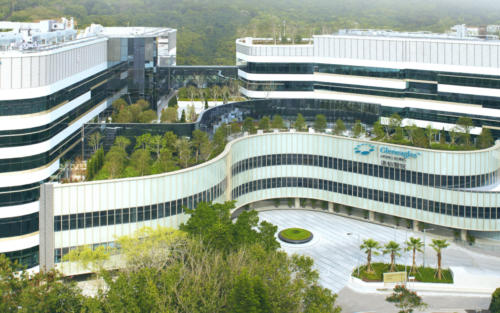Brain and Spinal Cord Tumour
What is a Brain Tumour?
A brain tumour refers to an abnormal tissue growth in the brain, due to the brain cells dividing uncontrollably and producing extra tissue. A brain tumour can originate from the brain cells known as primary tumour, or it can spread to the brain from cancer cells in other parts of the body known as secondary tumour, such as breast or lung. Brain tumours can be benign (non-cancerous) or malignant (cancerous).
There are different types of primary brain tumours:
- Glioma develops from the glial cells that support and protect the nerves
- Meningioma develops in the meninges, membranes of the brain
- Medullobalstoma develops in the cerebellum which is located at the back of the brain and is common in children
Currently, the exact causes of primary brain tumours are not yet fully documented. Most brain tumours are developed from uncontrollable and abnormal growth in the brain cells. Some risk factors include:
- Exposure to high doses of ionizing radiation which used to treat another cancer the patient is having
- Males are at higher risk
- Increasing age of over 65
- Caucasians are at higher risk
In addition, some hereditary factors may increase the risk of brain tumour development, such as neurofibromatosis, which is an inherited condition that affects the development and growth of nerve cells. A weakened immune system, such as those with AIDS, will be of higher risk too. There has been no documented evidence to prove that the use of mobile phones and microwave ovens can cause brain tumours.
Brain tumours are characterised by various symptoms as follows:
- Change in mental state
- Loss of balance
- Loss of consciousness
- Loss of memory
- Nausea and giddiness
- Problems in vision and speech
- Regular headaches that may worsen in the morning
- Seizure
- Weakness in one part of the body
There are different treatment options to manage brain tumours. Doctor will evaluate the patient’s condition and suggest the most appropriate treatment:
- Chemotherapy with either an oral or an intravenous drug is used to destroy cancerous brain cells
- Radiosurgery, which is a non-invasive and painless procedure that uses precision beams targeted directly at a small area of the tumour to shrink it or prevent it from growing
- Radiotherapy that uses high-energy X-rays to destroy the tumour. Patient undergoing this treatment may suffer from hair loss and lethargy
- Surgery to remove the entire or part of the tumour, depending on its size and location
- Targeted drug therapy consisting of drugs that target specific tumour abnormalities
- Allergic reaction to drugs used in the treatment of brain tumour
- Depression
- Headaches
- Hearing loss
- Increased risk of blood clot formation
- Personality changes
- Premature menopause and infertility, the potential side effects of radiotherapy and chemotherapy
- Seizures
- Vision problems, if the brain tumour damages the nerves that connect to the visual cortex, which is part of the brain responsible for processing visual information
- Weakness in one part of the body, if the brain tumour affects parts of the brain responsible for movement and strength of arms and legs






